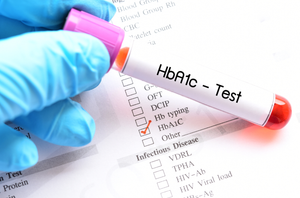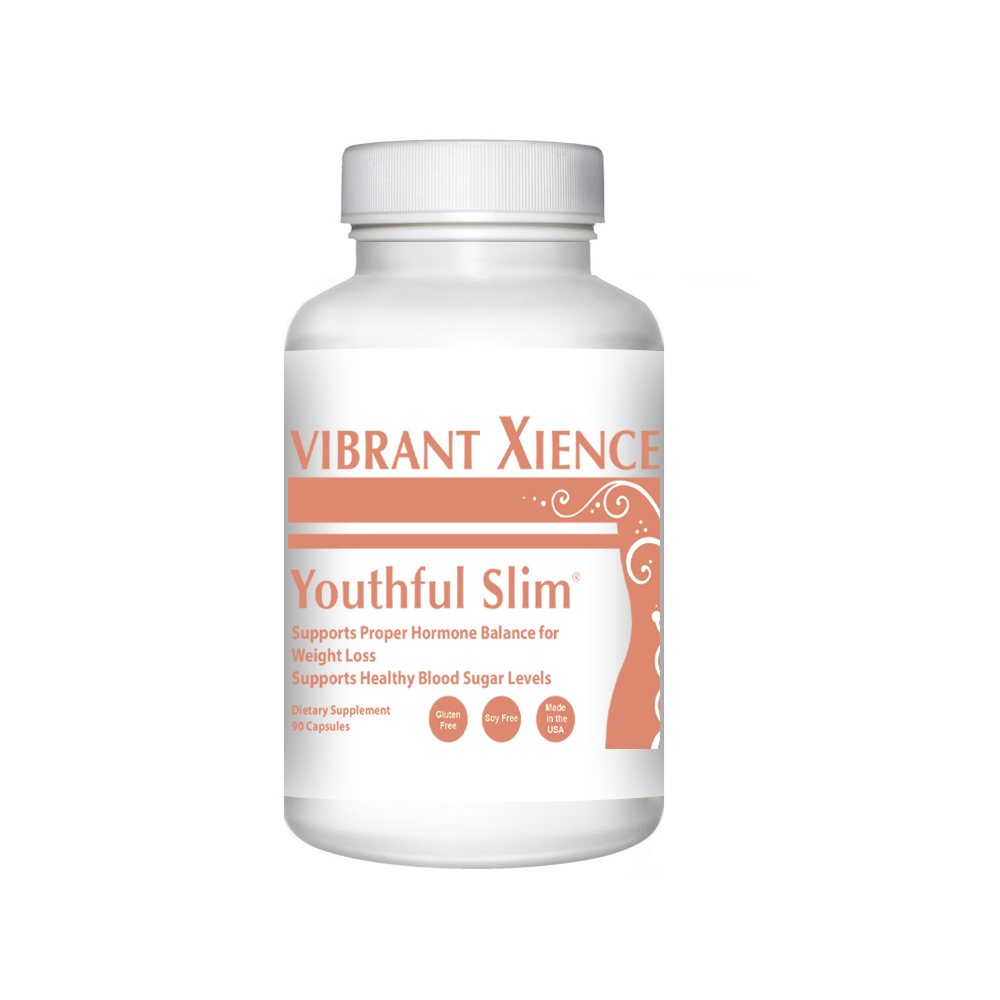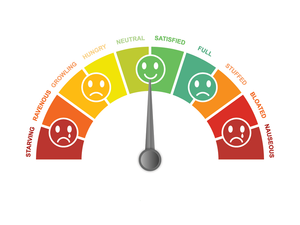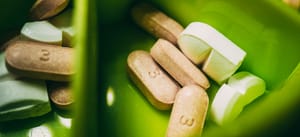By Dr. Emi
Your doctor just told you your HbA1c is "normal" at 5.8%. You breathe a sigh of relief—no diabetes, right? Wrong. You could still have insulin resistance that's silently damaging your body. Think of HbA1c as that friend who says "everything's fine" while their house is literally on fire behind them.
Why This Matters to YOU Right Now
The brutal truth: HbA1c testing misses 61% of people with early insulin resistance. That means if 10 people walk into a doctor's office with insulin resistance, only 4 will be detected. The other 6? They'll go home thinking they're fine while their bodies quietly plot their metabolic revenge through:
- Heart disease (the #1 killer)
- Stroke
- Type 2 diabetes
- Stubborn weight gain you can't seem to lose
- Chronic fatigue
- Brain fog
- Accelerated aging
But here's the good news: insulin resistance is reversible when caught early. The key is getting the RIGHT tests—because relying on HbA1c alone is like using a sundial to time your morning coffee. It might work eventually, but you'll be waiting way too long.
When HbA1c Lies to You
If You're Black, Hispanic, or Asian
Your HbA1c runs higher than white patients at the same blood sugar levels. Research shows mean HbA1c was 7.6% in Whites, 8.1% in Blacks, and 8.2% in Hispanics for the same level of glucose control. This means you might be told you have diabetes when you don't, or your doctor might miss early insulin resistance.
If You Have Anemia (Especially Women)
Iron deficiency may alter HbA1c test results as a measure of average glycemia. Your HbA1c will read falsely high, masking your true metabolic health.
If You Have These Common Conditions
- Sickle cell trait
- Kidney problems
- Recent blood loss
- Certain medications
Your HbA1c is essentially useless for detecting insulin resistance. (About as helpful as a chocolate teapot, as my grandmother would say.)
The Tests That Actually Work
1. HOMA-IR (Homeostatic Model Assessment of Insulin Resistance)
What it is: Calculates insulin resistance using your fasting glucose and insulin levels
Why it's better: Directly measures how well your body responds to insulin
Normal range: Under 2.5
Ask for: "I'd like my fasting insulin and glucose checked, and HOMA-IR calculated"
2. LPIR Score (Lipoprotein Insulin Resistance)
What it is: Uses advanced NMR technology to measure lipoprotein abnormalities associated with insulin resistance, reported as a value from 0 (most insulin sensitive) to 100 (most insulin resistant)
Why it's revolutionary: Can detect insulin resistance decades before HbA1c, even in people with normal weight, normal blood glucose, and normal HbA1c
Ask for: "I want the LPIR score through LabCorp's NMR LipoProfile"
3. Fasting Insulin
What it is: Measures insulin levels after fasting
Why it matters: High insulin (over 10 μU/mL) often occurs years before blood sugar rises
Ask for: "Please check my fasting insulin level"
4. Triglyceride-to-HDL Ratio
What it is: Divides your triglycerides by HDL cholesterol
Why it works: Strong marker of insulin resistance that's cheap and widely available
Optimal ratio: Under 2.0
Ask for: "Can you calculate my triglyceride-to-HDL ratio?"
Your Action Plan: What to Do TODAY
Step 1: Assess Your Risk
You likely have insulin resistance if you have 2+ of these:
- Belly fat (waist over 35" for women, 40" for men)
- High blood pressure
- Low HDL cholesterol
- High triglycerides
- Family history of diabetes
- PCOS
- Dark patches on neck/armpits
- Difficulty losing weight
- Constant cravings for carbs/sugar
Step 2: Get the Right Tests
Copy this list and bring it to your doctor:
- Fasting insulin level
- Fasting glucose
- HOMA-IR calculation
- Comprehensive metabolic panel
- Lipid panel with particle size (NMR LipoProfile if possible)
- Triglyceride-to-HDL ratio calculation
What to say: "I'm concerned about insulin resistance. My HbA1c might not catch it early enough, especially given my [ethnicity/anemia/family history]. Can we run these more sensitive tests?"
Step 3: If Your Doctor Refuses
- Find a functional medicine doctor
- Visit a direct-pay lab (Quest, LabCorp)
- Consider online testing services
- Get a second opinion
Don't take no for an answer. Your health is too important. If your doctor won't order these tests, find one who will—because settling for subpar healthcare is like accepting a flat tire on a road trip. Sure, you could keep driving, but why would you?
How to Reverse Insulin Resistance (The Practical Stuff)
Diet Changes That Work
Eat more:
- Protein at every meal (30g minimum)
- Non-starchy vegetables (fill half your plate)
- Healthy fats (avocado, olive oil, nuts)
Eat less:
- Refined carbs and sugar
- Processed foods
- Liquid calories
Timing matters:
- Try intermittent fasting (16:8 is a good start—think of it as giving your pancreas a well-deserved coffee break)
- Stop eating 3 hours before bed
- Don't snack between meals
Exercise That Moves the Needle
Resistance training: 2-3x per week (builds muscle that absorbs glucose)
Walking: After meals (lowers blood sugar spikes)
High-intensity intervals: 10-15 minutes, 2x per week
Sleep and Stress
- Get 7-9 hours of quality sleep
- Manage chronic stress (it raises cortisol and insulin)
- Consider meditation or deep breathing
Targeted Supplements
Berberine: Often called "nature's metformin," this compound can significantly improve insulin sensitivity. Look for high-quality, third-party tested options like Vibrant Xience Youthful Slim, which contains Himalayan wildcrafted berberine—because not all berberine supplements are created equal.
Other helpful supplements:
- Chromium picolinate (200-400 mcg)
- Alpha-lipoic acid (300-600 mg)
- Magnesium glycinate (400-600 mg)
Always consult your healthcare provider before starting new supplements, especially if you're on medications.
The Bottom Line: Why You Can't Wait
Recent research shows 40% of young American adults have insulin resistance, most without knowing it. The earlier you catch this, the easier it is to reverse.
Waiting for your HbA1c to climb into the "prediabetic" range is like waiting for your smoke detector to go off before you notice the kitchen fire. By then, you've already lost precious years when simple lifestyle changes could have prevented progression to diabetes.
Your next step: Print this article, highlight the tests you want, and book an appointment with your doctor this week. Your future self will thank you.
Dr. Emi is a board-certified physician specializing in metabolic disorders and preventive medicine. She advocates for advanced biomarker testing and personalized approaches to metabolic health.





